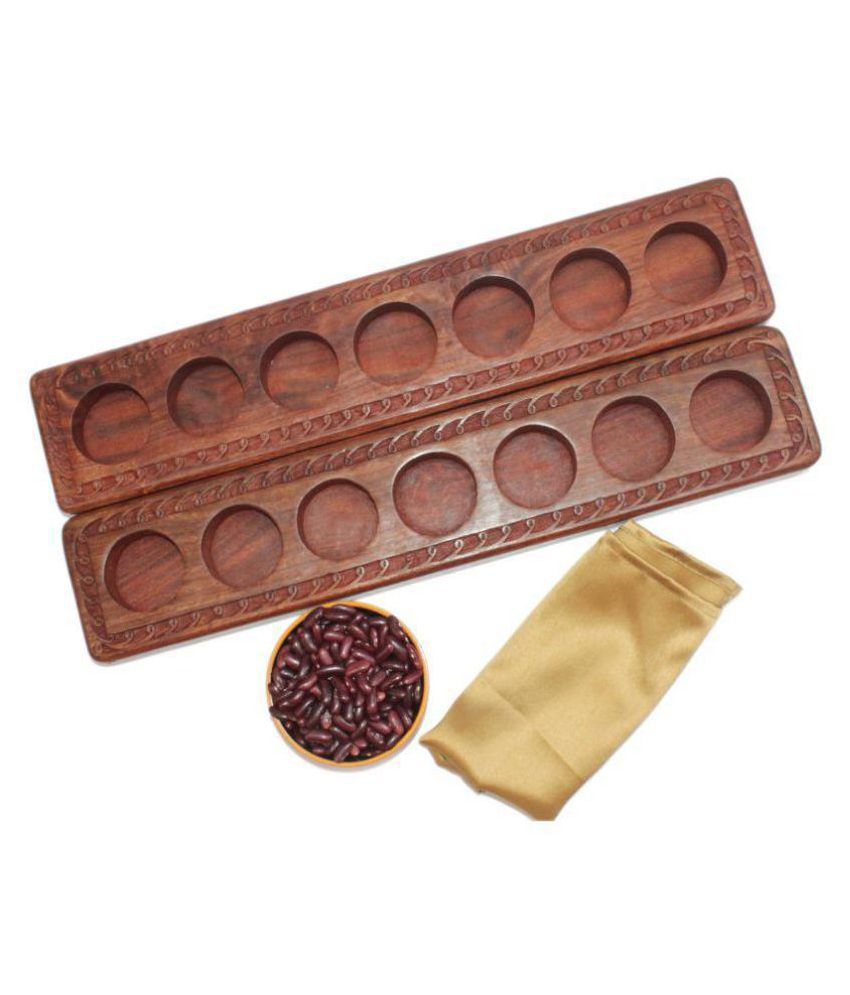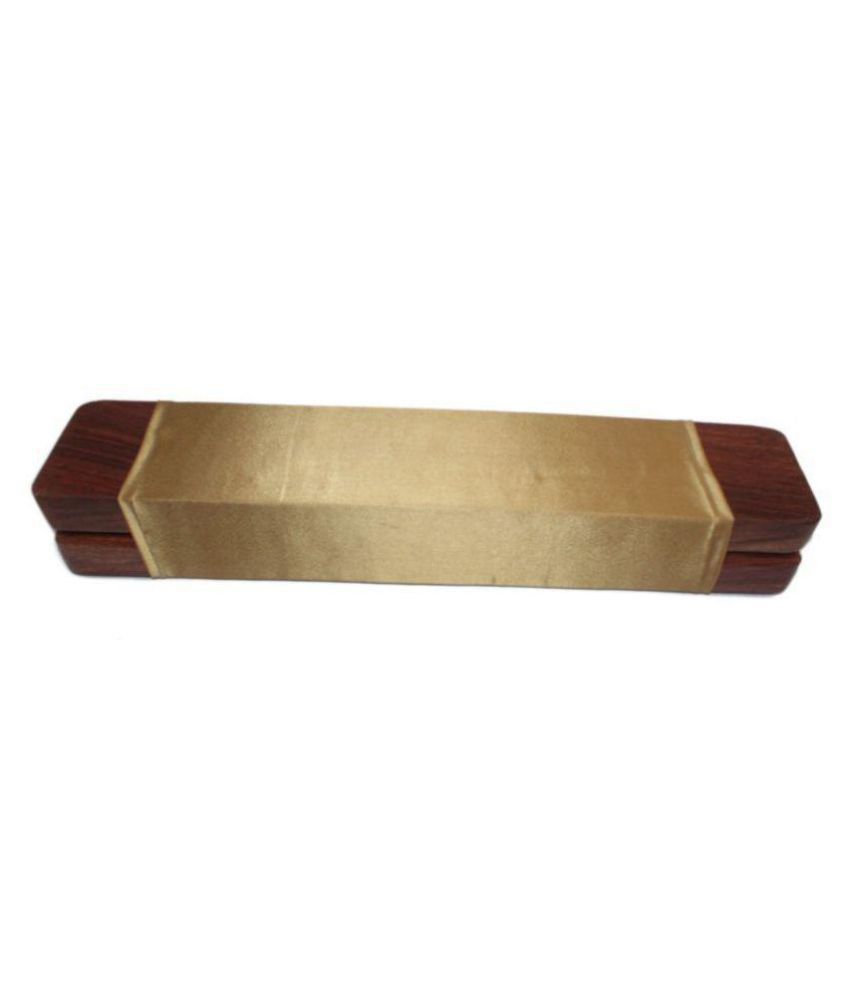Something went wrong. Please refresh the page and try again.
Something went wrong. Please refresh the page and try again.
Notifications can be turned off anytime from settings.
Item(s) Added To cart
Qty.
Something went wrong. Please refresh the page and try again.
Something went wrong. Please refresh the page and try again.
Exchange offer not applicable. New product price is lower than exchange product price
Please check the updated No Cost EMI details on the payment page
Exchange offer is not applicable with this product
Exchange Offer cannot be clubbed with Bajaj Finserv for this product
Product price & seller has been updated as per Bajaj Finserv EMI option
Please apply exchange offer again
Your item has been added to Shortlist.
View AllYour Item has been added to Shopping List
View AllSorry! Ali Guli Mane is sold out.



You will be notified when this product will be in stock
AATIKE's Ali Guli Mane is an ancient Indian mathematical strategy board game originated from South India. It is also called as Chenne Mane or Pallanguzhi. This is made of sheesham wood and is handcrafted by artisans on Sharanpur. It is a game of 'Sow' and''Reap'. This game is played by all ages in rural India & is a delightful game for the entire family. AATIKE's Ali Guli Mane consists of : 'ANE' two boards with 7 holes in each | Seeds to play| Wrapping Cloth Size: L- 22inches | W-3.5* 2 inches | H- 3.5 inches How to Play? Ali Guli Mane uses two rows of 7 holes each. Each player "owns" the row of holes closest to him. The game starts with 70 pieces (Seeds), with 5 in each hole. In each turn, the player removes all seeds from a hole and distributes them clockwise or anti-clockwise, at his or her own choice. This sowing is done sequentially but the principle is slightly different from that used in a game like Pallanguzhi. Once the last of the seeds is placed, the player takes all the seeds in the next hole (clockwise or anti-clockwise as per the sowing) and continues placing them in this way. If the next hole is empty (saada), the player stops and captures all the seeds in the hole next to the empty one, and all those in the hole opposite it. For instance, if an anti-clockwise sowing ends in A5 (and A4 is empty) then the player captures the contents of A3 and B3. Ali Guli Mane uses two rows of 7 holes each. Each player "owns" the row of holes closest to him. The game starts with 70 pieces (Seeds), with 5 in each hole. In each turn, the player removes all seeds from a hole and distributes them clockwise or anti-clockwise, at his or her own choice. This sowing is done sequentially but the principle is slightly different from that used in a game like Pallanguzhi. Once the last of the seeds is placed, the player takes all the seeds in the next hole (clockwise or anti-clockwise as per the sowing) and continues placing them in this way. If the next hole is empty (saada), the player stops and captures all the seeds in the hole next to the empty one, and all those in the hole opposite it. For instance, if an anti-clockwise sowing ends in A5 (and A4 is empty) then the player captures the contents of A3 and B3. A1 A2 A3 A4 A5 A6 A7 B1 B2 B3 B4 B5 B6 B7 The player can take two sowings, if he captured in the first one; thus the turn ends after two saadas. In the next round, each player tries to fill his holes with five counters from his winnings. These holes which cannot be filled are marked with a pebble or a twig and are avoided for further play. The match is continued until one player is unable to fill even one hole. Winner: The game is finished when all counters are taken and is won by the player who has captured the most seeds.
The images represent actual product though color of the image and product may slightly differ.
Register now to get updates on promotions and
coupons. Or Download App